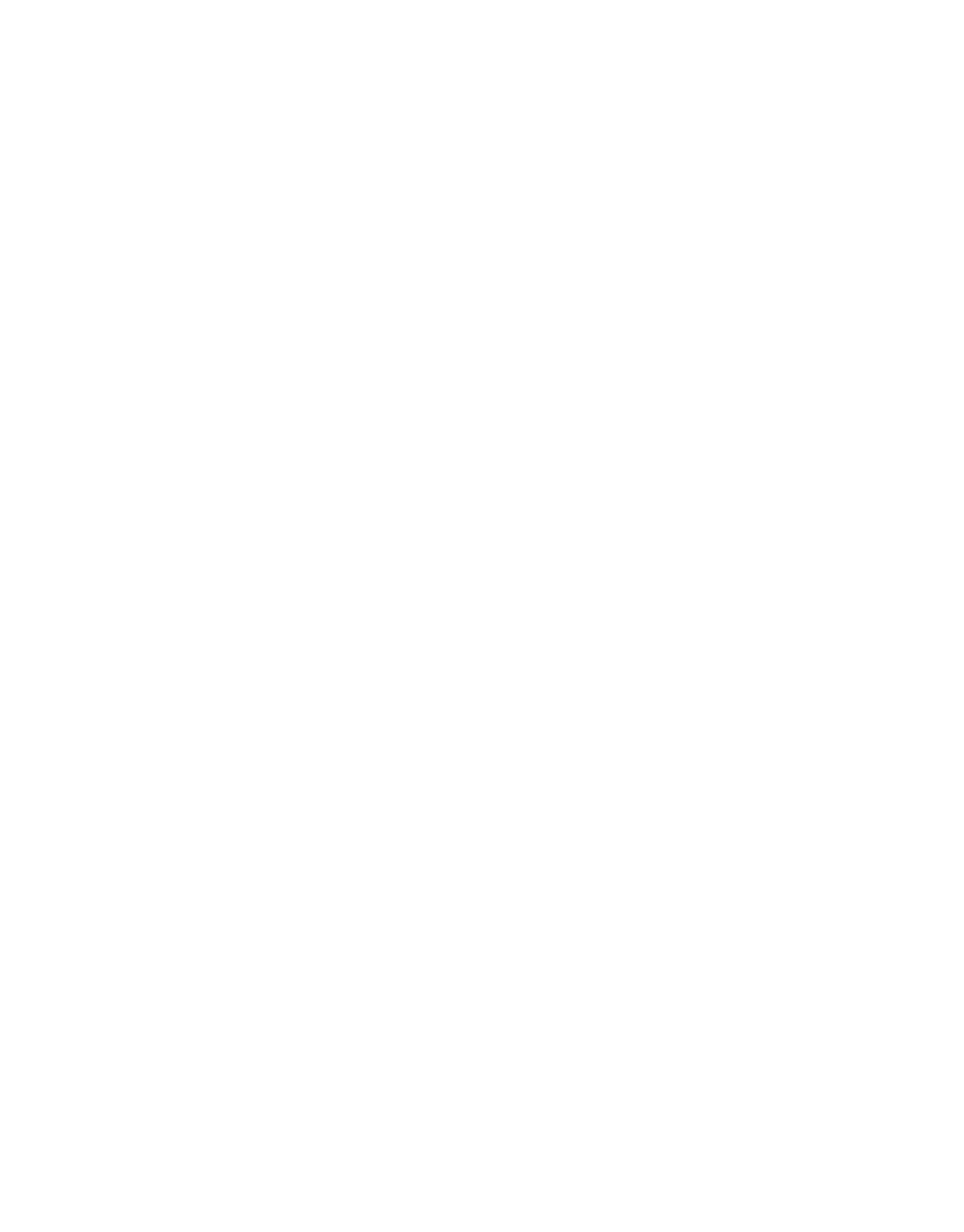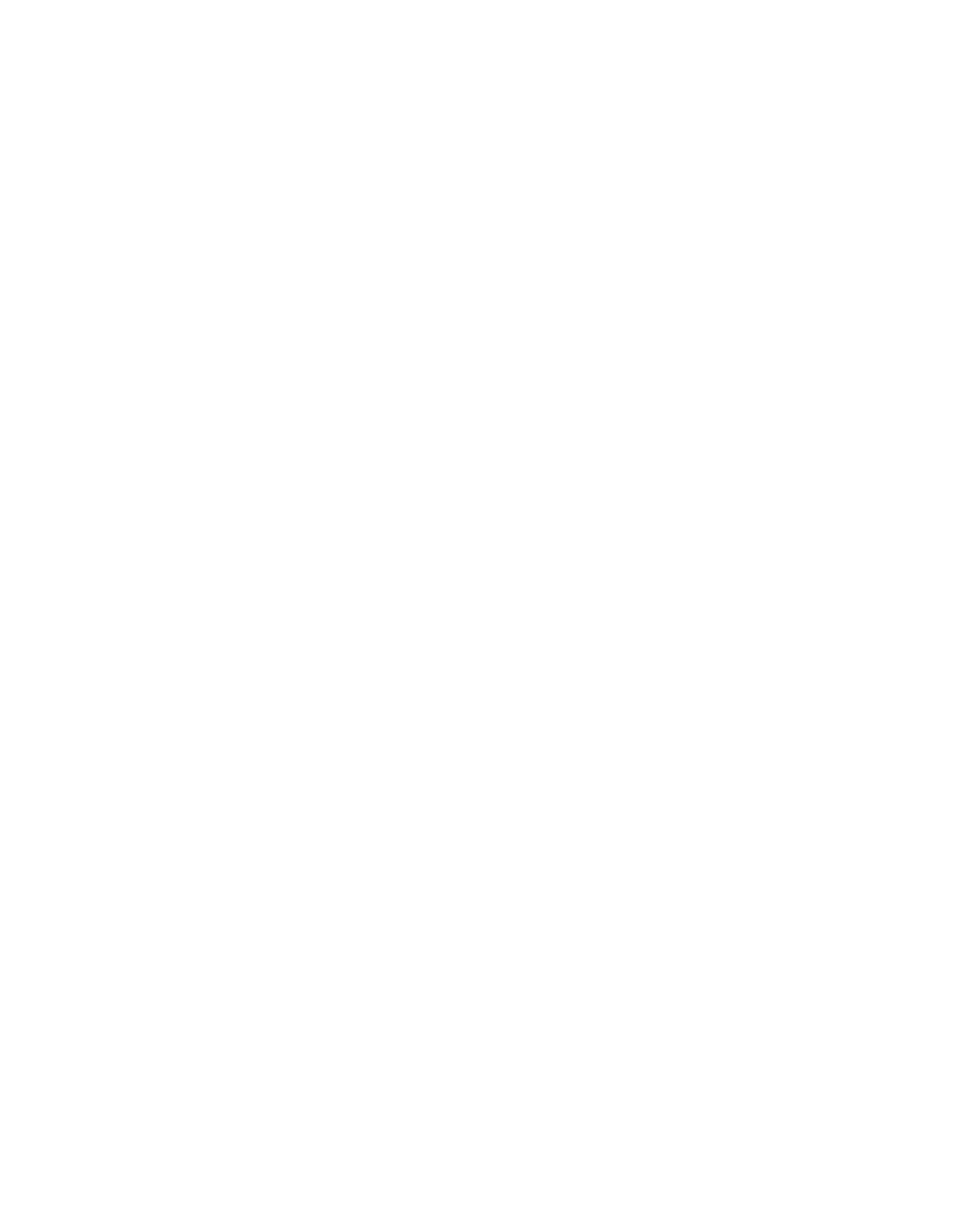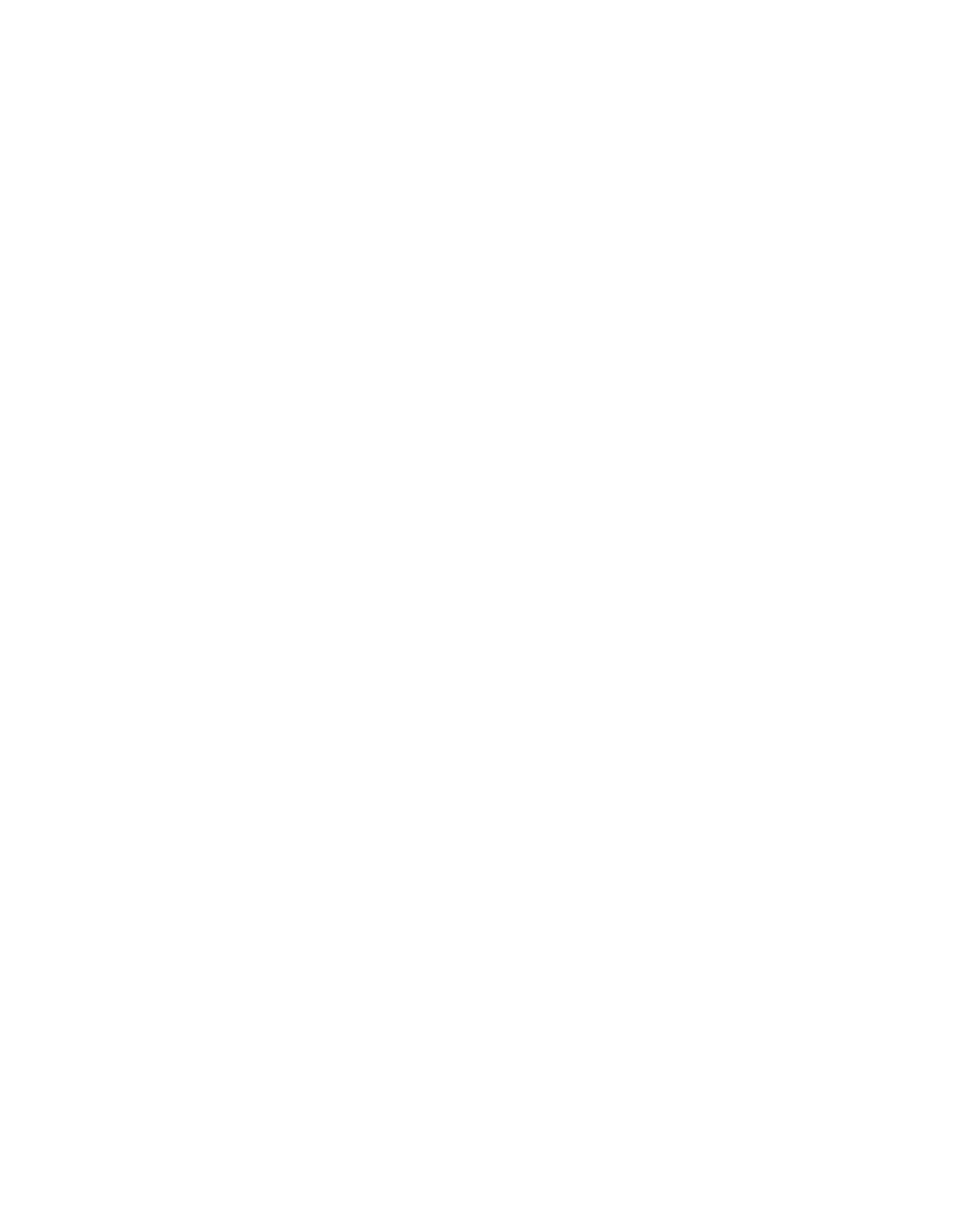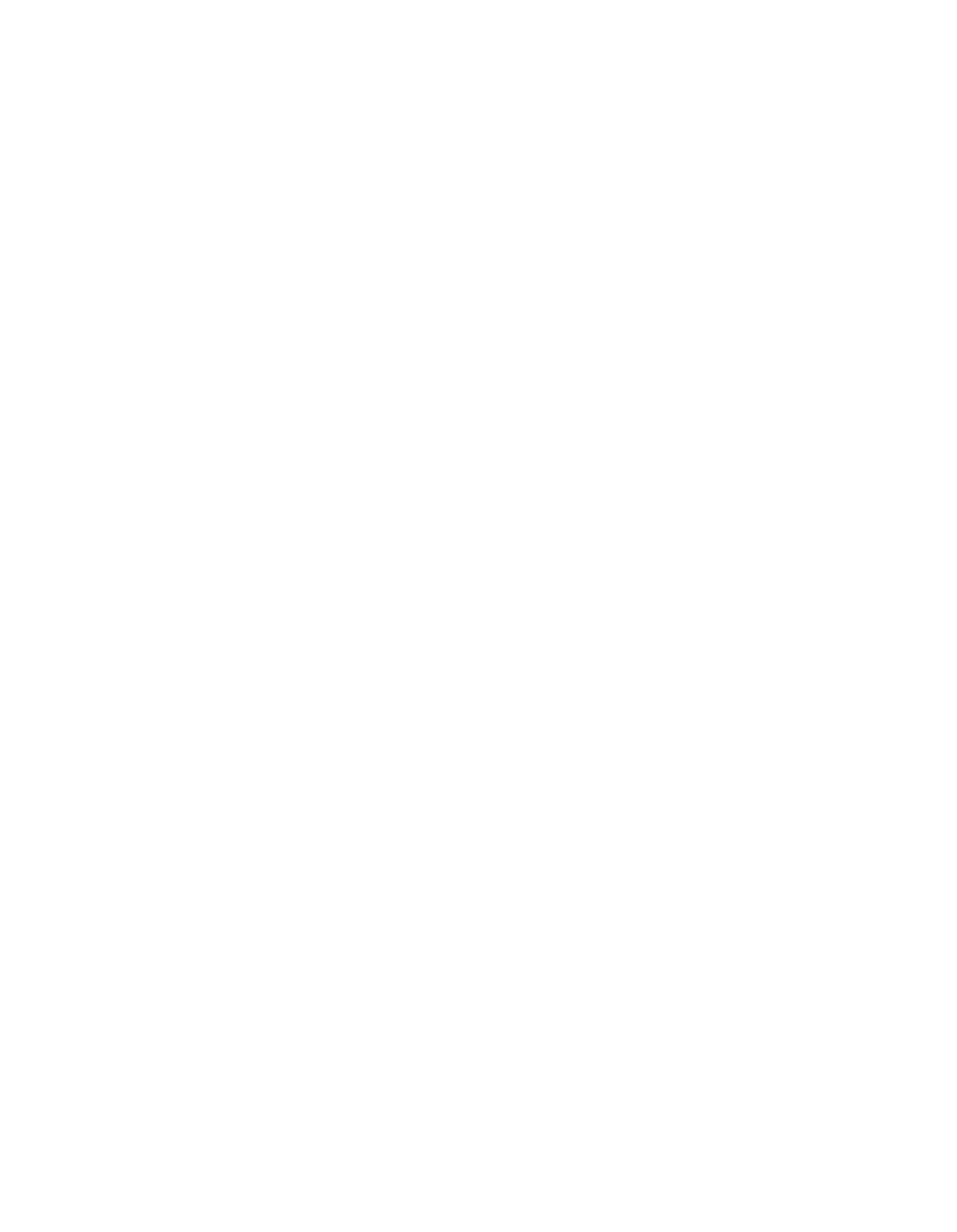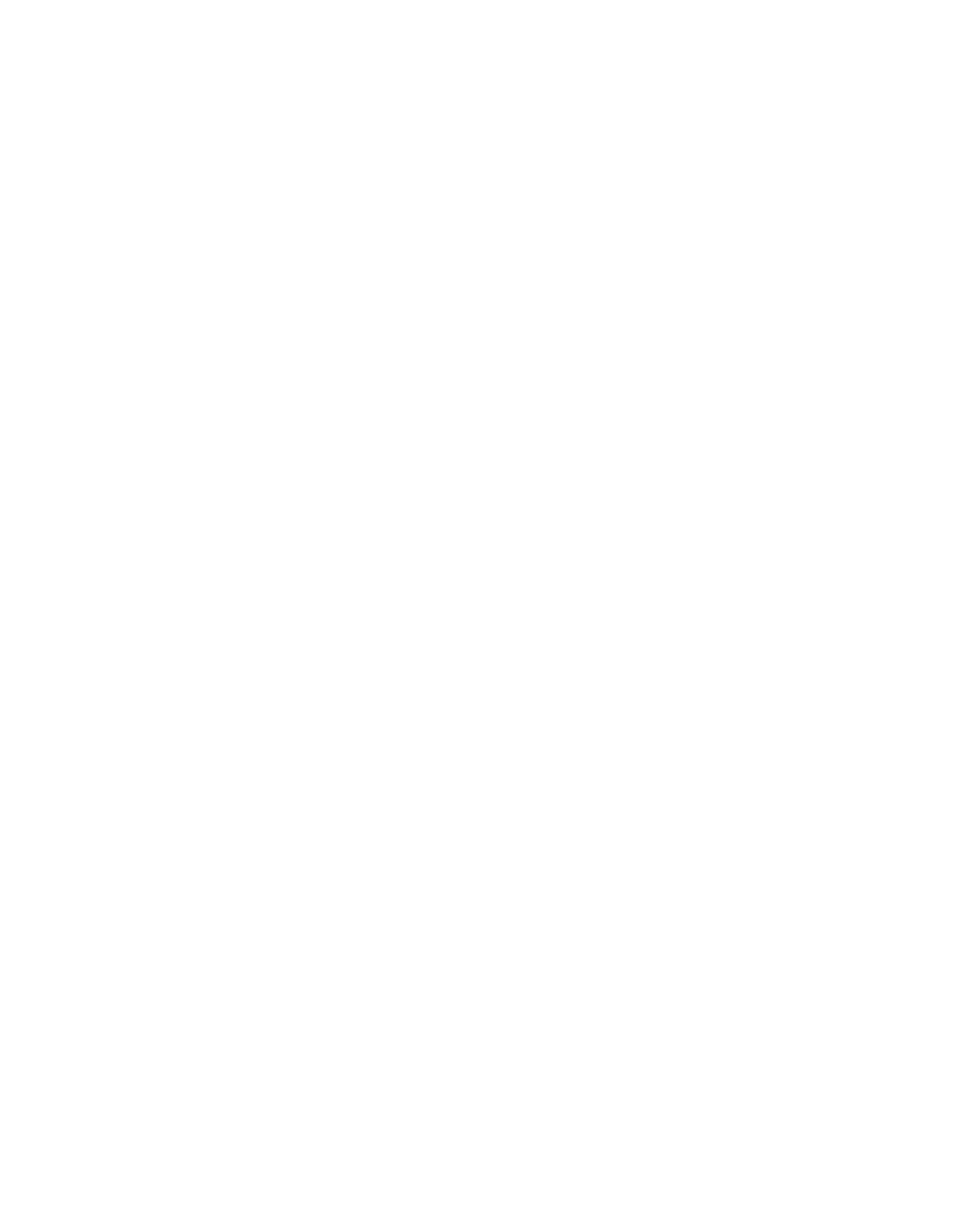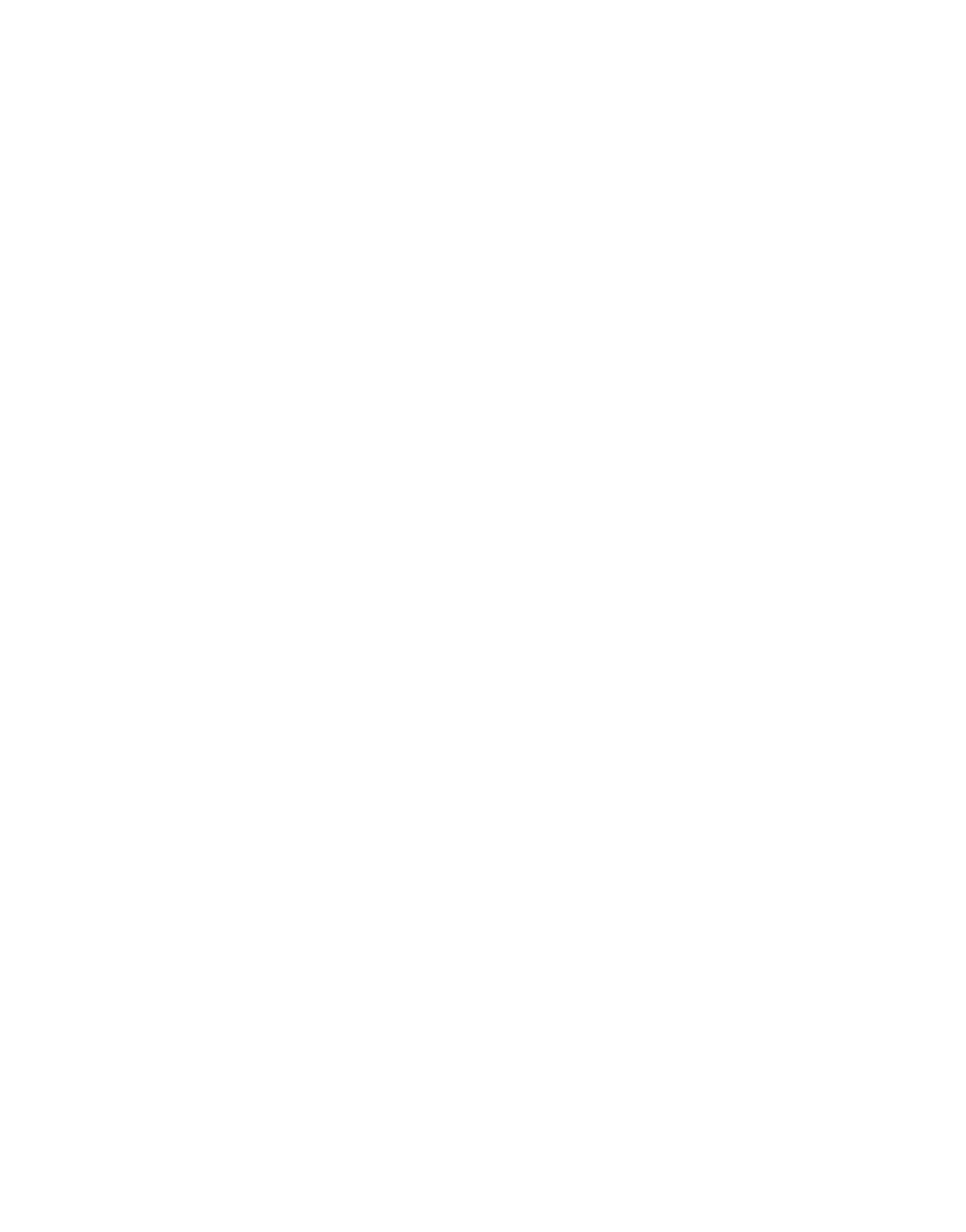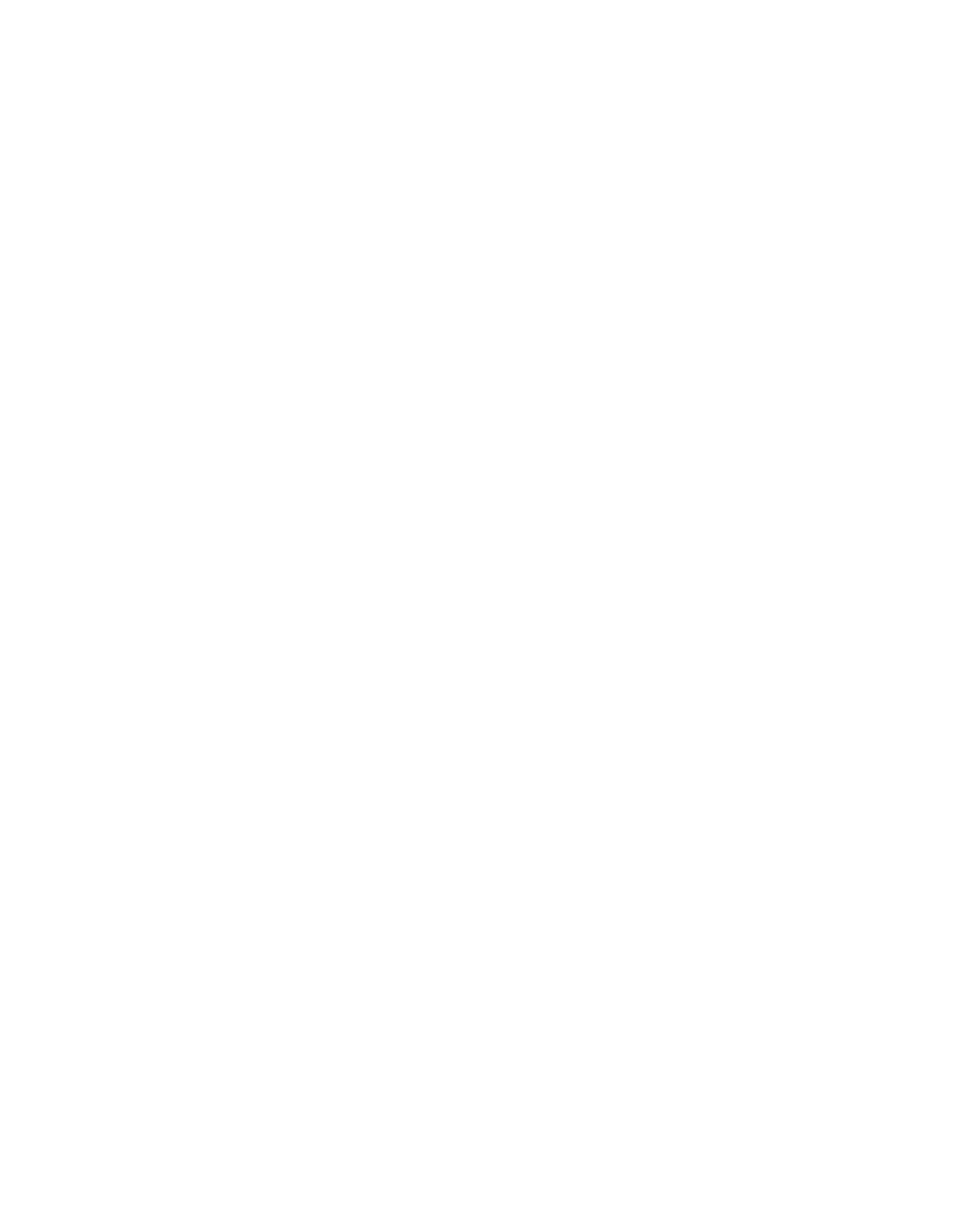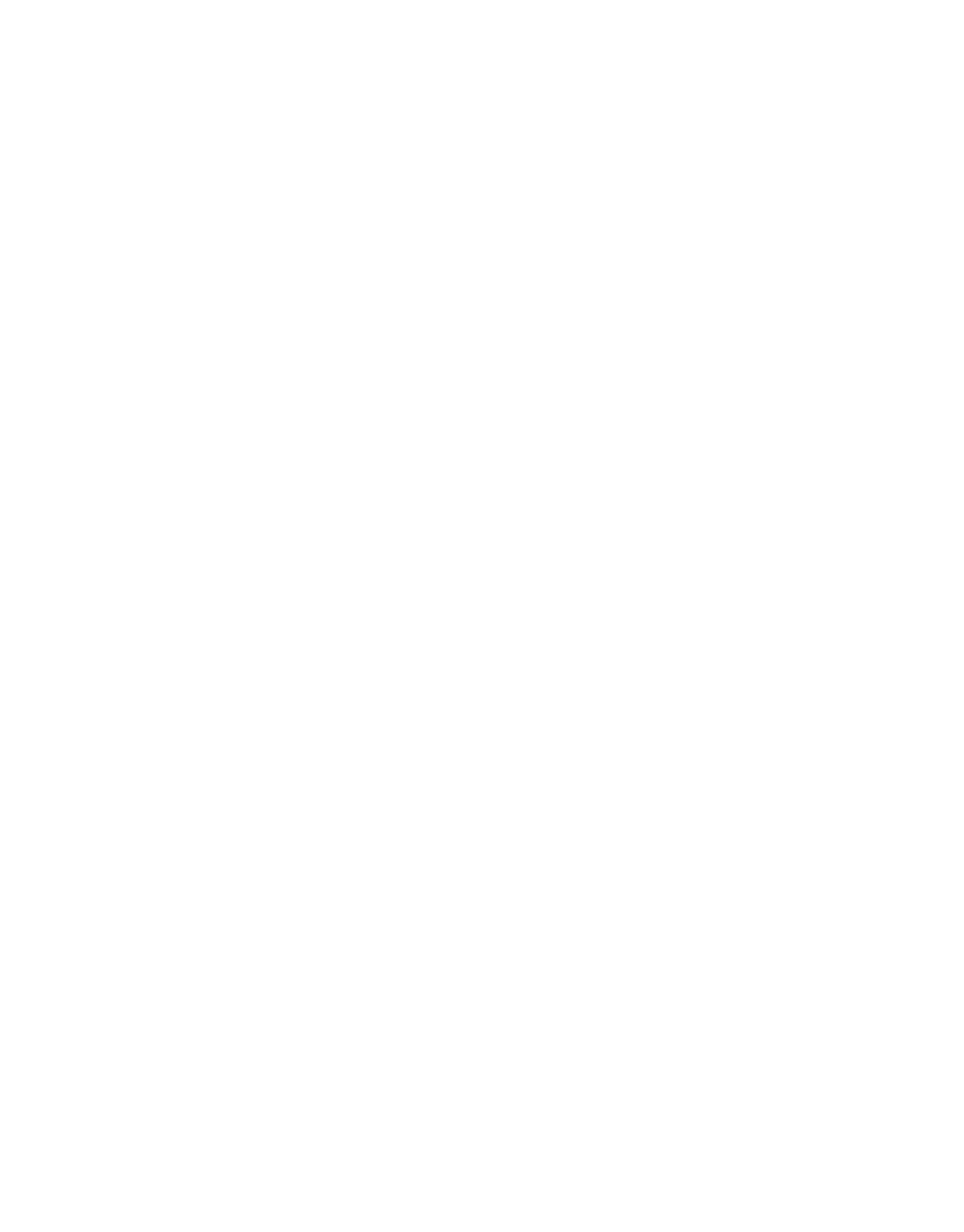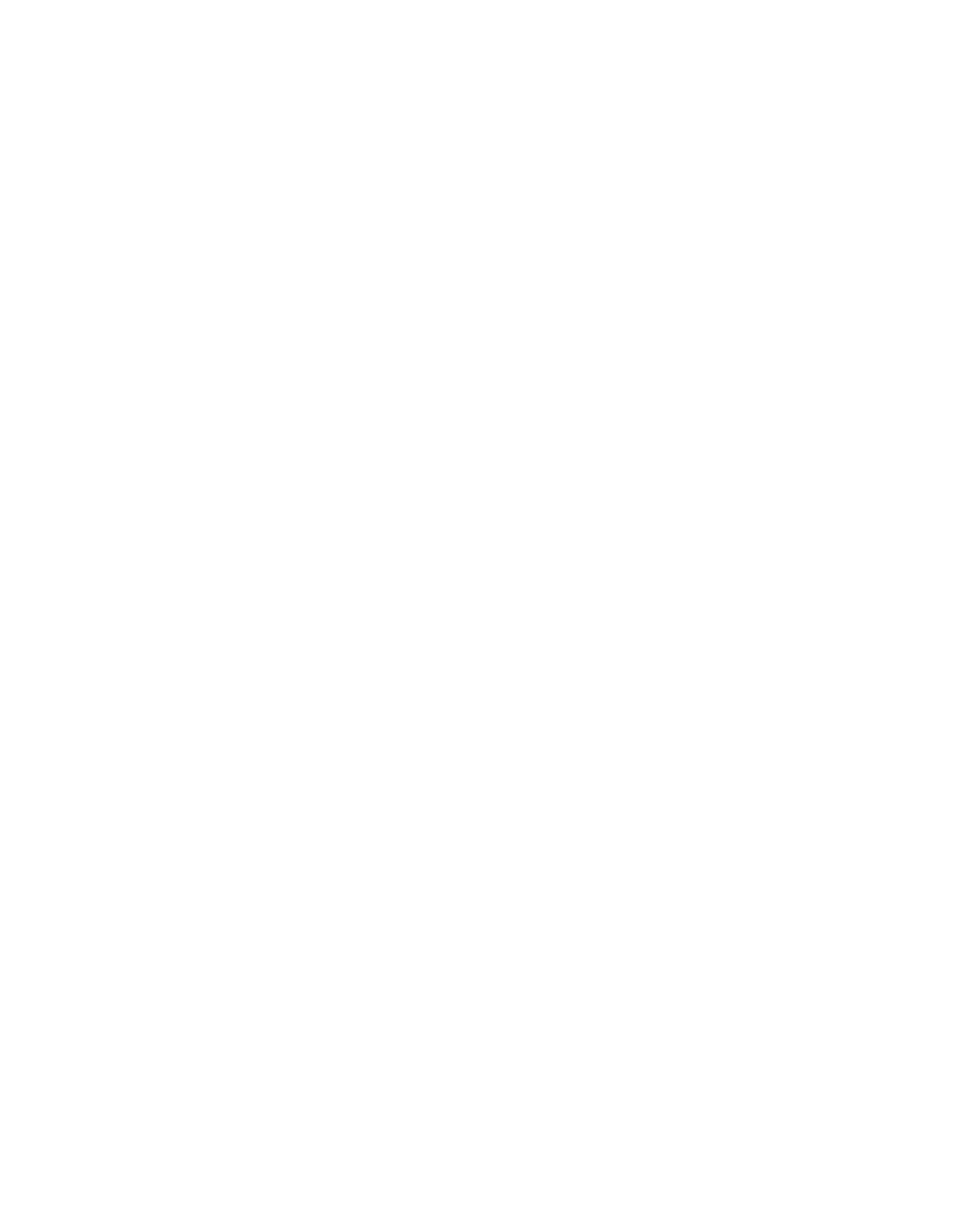ILLINOIS POLLUTION CONTROL BOARD
December 16, 1976
HYON WASTE MANAGEMENT SERVICES, INC.,
)
Petitioner,
v.
)
PCB 76—166
ENVIRONMENTAL PROTECTION
AGENCY,
Respondent.
Mr. Robin Lunn, Attorney,
appeared for the Petitioner;
Mr.
Peter E.
Orlinsky, Attorney, appeared for the Respondent.
OPINION AND ORDER OF THE BOARD
(by Mr. Zeitlin):
This
matter
is before the Board on a Permit Appeal filed on
May 26,
1976 by Petitioner
Ilyon Waste Management Services,
Inc.,
(Hyon)
.
In that petition, Hyon appealed from conditions
in a
permit issued by Respondent Environmental Protection Agency
(Agency)
on May 20,
1976
(Permit No.
03031508)
.
Hyon’s Permit Appeal
is
brought under the provisions of Rule 103(a) of the Board!s Air
Pollution Regulations, which provide for the appeal of conditions
in any permit issued by the Agency as if such conditions constituted
a permit denial.
Ill. PCB Regs., Ch.
2,
§302(k)(1976).
Cf.,
Ill.
Rev. Stat.,
Ch. 111—1/2,
§1040(1975).
Hearings were held in the matter on September
29, 1976,
and
again on October
13, 1976.
No public comment was received in the
matter.
It should also be noted that no Agency record of permit
application was filed in this case,
as required under Rule 502 of
the Board’s Procedural Rules.
Ill. PCB Regs., Ch.
1,
§502(1974).
The P~qencystated that because of the nature o~the case,
no
such
filing was required,
(R.
9,
Sept.
29,
1976)
The subject matter of this case is Hyon’s waste treatment
facility in Chicago,
which has been before the Board in several
previous cases.
Even more surprisingly, however,
this case is
before us
for decision on
a permit application record identical
to that in a case decided only recently.
Hyon Waste Management
Services,
Inc.
v.
EPA, PCB 75—413
(April
8,
1976).
24—419
—2—
Because of discussion in prior cases, we shall not repeat a
complete description of
Flyon’s Chicago facility.
HyonWasteManage-
Ment Services,
Inc.
v.
EPA, PCB 75—457
(April
8,
1976);
~
Management Services,
Inc.
v. EPA,
PCB 75—433,
15 PCB 605
(1975)
T~ipplernentalStatement by Mr. Dumelle,
15 PCB 609)
.
It
is enough
to note that
Hyon
describes that facility as an “integrated waste
treatment facility,” where industrial wastes may be treated
chemically, biologically, or by incineration.
The specific subject
matter of this case
is the liquid waste incinerator,
an operating
permit
for which was also the specific issue in PCB 75-413.
The Agency originally issued an experimental open burning
permit
for
Hyon’s incinerator system on August 19,
1971.
After
construction and testing under that permit and another subsequently
issued on September
18,
1973, which expired on September
18,
1974,
the Agency refused applications for further permit renewal.
On
November
20,
1974,
Hyon filed its initial Permit Appeal,
and asked
as alternative relief
a limited variance for testing purposes.
On February 27,
1975 the Board dismissed
Ilyon’s Permit Appeal,
but
granted variance from Rules
103 (a)
,
103(b)
,
202(b)
and 203(e) (2)
of
the Air Pollution Control Regulations until June
30,
1975,
subject
to certain conditions.
PCB
74—433, supra,
15 PCB at
607,
608.
On October~22, 1975, Hyon filed another Permit Appeal concerning
its incinerator, PCB 75—413.
That case was based on
the
Agency’s
October 15,
1975,
refusal to issue
a permit applied for by Hyon on
July
18,
1975.
That denial was based on the Agency’s determination
that,
at
an
operating rate of 4,500 pounds per hour of liquid waste,
Hyon’s incinerator would violate the particulate emission limitations
in Rule 203(e) (2)
of the Air Pollution Regulations.
The Board’s decision on that case
(April
8,
1976)
found that
Hyon’s liquid waste incinerator
is not subject
to any presently
existing particulate limitation emissions.
Our Order was that,
The decision of the Environmental Protection
Agency, dated October
15,
1975, denying Petitioner
_an C)poratinq
Permri
t
for
its
1iqu:id
waste
incinerator
,
be reversed
,
and
that
said
Pc Litloner
i s en t: ILied to an OperaLing Perini t:
Lliercfor
On May 11,
1976
Ilyon filed a Petition for Writ of Mandamus
against
the Agency in the Circuit Court of Cook County,
based on
our April
8,
1976 Order in P03 75-413.
FI~~j~steManagement Co.
v.
Briceland,
et al.,
No.
76 L 8684
(Cir.
Ct. Cook Co.,
Ill.).
Before
any hearing in that case,
however,
the Agency on May 20,
1976 issued
an Operating Permit to
Flyon.
24—420
Because Hyon felt that the conditions
in that permit were unduly
restrictive and constituted a permit denial, Hyon went
to hearing
on the mandamus matter on May 26,
1976
(the same day that the instant
case was filed)
The Circuit Court Order of that date remanded the
entire matter
to this Board for
“a hearing to determine the legality
and propriety of the conditions contained
in the Operating Permit
,dated May 20,
1976,”
The Circuit Court retained jurisdiction
in
the matter and ordered that Hyon be granted an Operating Permit,
(the conditions of which were to be negotiated between Hyon and the
Agency), during the pendency of this Board’s consideration.
After negotiations, the parties reached an agreement with
regard to an Operating Permit
to be issued during the pendency of
this case,
(Hyon,
Ex.
6)
The Agency then issued an Operating Permit
on May 28,
1976,
(Hyon, Ex.
7).
The provisions of that Permit are
somewhat similar
to those of the May 20,
1976 Permit which is before
us for review in this case,
Before resolving the substantive issues
in this case,
we feel
that certain procedural issues require discussion and resolution.
First among these is the Circuit Court of Cook County’s
“remand”
of this matter to the Board,
It
is not clear that the Circuit Court
has such remand authority.
See,
Ill, Rev.
Stat.,
Ch. 111—1/2,
§1041(1975).
See,
also,
Id,,
§5
44,
45(a),
45(b).
We feel that
the Circuit Court’s action may be treated as a stay pending concurrent
resolution by this Board of matters properly brought for its determi-
nation under the Environmental Protection Act
(Act).
Although the
Board has held that we will not concurrently decide issues being
resolved
in a judicial forum,
we do not feel that such a prohibition
is applicable under these circumstances,
As a final procedural matter,
we note that the procedure for
permit condition appeals set up under Rule 103(k)
of the Air Pollution
Regulations leaves open the issue of various burdens on the Permit
Appeal.
Section 39 of the Act provides that, when a permit
is denied
by the Agency,
the Agency must reply to the permit applicant with a
detailed statement showing the reasons
for permit denial.
Neither
the
Act
nor
our
PuJes
provide
for
the
EU iny
of
any
i
in
i
I
staLe—
ment by the Agency with regard
to any conditions
imposed.
This
raises some difficulties at hearing.
Although a Permit Appeal
petitioner
——
even in cases where
it is a condition rather than a
denial being appealed
--
unquestionably has the burden of proving
the Agency’s determination wrong,
it is apparent that the lack of
a stated Agency basis for the imposition of permit conditions adds
considerably
to that burden.
Because there was some confusion in
this record as
to the reasoni~q for the Agency’s imposition of some
conditions, we shall deal with each condition
in the May 20,
1976
permit individually.
24
—421
—4—
Permit Condition
2(c)
Condition
2(c)
in Hyon’s permit of May 20,
1976 reads as
follows:
“The permittee shall burn only Type
5 liquid industrial
wastes as defined in ATP-lA Incinerator Particulate Test
Procedure attached to this permit as Exhibit A.
Such
wastes shall contain less than 2,7 percent
(by weight)
chloride at any time,
less than
1 ppm of heavy metals
(e.g.
lead, cadmium) at any time,
and less than
1 ppm
of beryllium at any time,
The Type~5 liquid industrial
wastes
shall
contain
less than 0,4
ash and non—combustible
solids at any time and have a heating content of not less
than 18,700 btu/lb.”
Hyon’s position is that,
“The majority of hazardous wastes
which should be burned,
incinerated,
are halogenated wastes,
chlorinated wastes, and they contain a great deal more chloride
than this,”
(R.
42, Sept,
29,
1976).
In addition, Hyon testified
that 18,700 btu/lb,
is the heat value of most types of fuel,
including the fuels used by Hyon to provide additional heat when
the
wastes
being
destroyed
do not contain sufficient heat value
for destruction,
(P.
146, Sept,
29, 1976)
.
Hyon further claims
that there
is no justification for the 0.4
ash and non—combustible
solids limitation,
These conditions, Hyon claims, render its
business economically impractical,
and have no sound basis,
(R.
43,
Sept.
29,
1976).
The Agency’s position, as stated in its Brief,
is that the
types of wastes being incinerated by Hyon are particularly dangerous
and that the Agency has a “need to keep a tight rein on Hyon in
order to assure the maintenance of air quality,
(Agency Brief at
6.)
The Agency further contends:
“Whose judgment is
it that those wastes
should be incinerated?”
(Id.)
The Agency’s justification for the 2,7 percent chloride limi-
t:ation
is
hat
~uch
a
I
imi
tat
ion
indioat
us
I h(’
~‘Oflt(’tlt
of
I he
materials
bciii~j hurried
by
I-lyon during its sLack
Lusts,
rI~hu
Agency
ste Led
it
bean
nq
that the
ash
and heat cont:en L
I imi tati ons were
chosen because they “provide an adequate margin of safety,”
(R.
93,
Sept,
29,
1976).
The Agency’s Brief,
at p.
7,
states that,
if Hyon
could substantiate different figures, the permit might be amended.
The Agency’s reasons for
the
imposition of these conditions,
even
in response on cross—examination at hearing, were simply
insufficient to justify their imposition.
A “margin of safety”
implies protection from something.
Although, with the chloride
limitation for example, we have no limitation
in our emission
regulations
on chloride, we can assume that the Agency imposed the
24
—
422
—5—
limitation
to prevent a violation of the Act,
and specifically
§9(a)
thereof.
But the Agency’s witnesses at hearing nowhere
stated how a limitation on chlorides
in Hyon’s raw material would
prevent a §9(a) violation.
Although the materials to be burned at
Ilyon
—-
including chloride
--
are indeed potentially dangerous,
this
is also true of a great many chemicals and materials commonly
used in industry.
The simple statement that the conditions are to
“provide a margin of safety” from a potential danger, with no further
explanation,
is insufficient,
As written,
the condition limiting chlorides
is unreasonable.
It may be, however,
that some limitation on chlorides is necessary,
so we shall remand this condition to the Agency for consideration,
With regard only to the heavy metals limitations imposed
by the
Agency, Hyon did not seriously or adequately challenge the Agency’s
decision.
We agree with the Agency that because of the inherent
dangers associated with these pollutants, these limitations appear
to be necessary,
and are upheld as reasonable.
The remaining provisions of condition 2(c),
imposing additional
limitations on the liquids to be incinerated,
are found to be
unreasonable.
Permit Condition 2(d)
Condition 2(d) provides that,
“The burning rate of the Type
5 industrial wastes shall
not exceed 650 gal./hr.”
The Agency’s justification at hearing for this condition is
that the stack test provided in conjunction with Hyon’s permit
application indicated a burning rate of 650 gallons per hour for
the material burned during that test.
The Agency simply states
that absent data showing that operations
at a greater per-hour rate
would not cause air pollution,
the Agency may properly limit a permit
to the circumstances under which an applicant has shown that no
viola t I
on
wi
1
1
occur
.
ilyon
,
on
he
o (her ha rid
,
a rqties
t he t
its
opera
I
j
ens are
iiot
ec~nom
i
eel
a
I.
I
l~iL
rat
~‘,
end
I lie
I
epprox
ime (ely
1
,
000
gel s./hr.
would
be
more
reasonable.
Again keeping
in mind the potentially dangerous nature of the
material to be burned by Hyon, we still do not completely understand
the reason for the imposition of this condition by the Agency.
When
adopting the emission regulations in 1972,
the Board noted
that,
“an
expensive stack test
is not necessary in all cases
to demonstrate a
violation of numerical emission standards.
Standard emission factors
have been developed on the basis of prior testing that enable one to
make fairly accurate calculations as to emissions...”
(In the Matter
of:
Emission Standards,
R71-23
(April 13,
1972),
(Opinion at
9.)
24
—
423
—b—
This statement must apply, we feel,
to permit applicants seeking
a
permit,
as well as to the Agency when
it seeks to enforce.
Indeed,
the Agency was willing to apply such calculations to Hyon’s appli-
cation with regard to particulates at 4,500 pounds per hour
in PCB
75—413,
We see no purpose in requiring that Hyon conduct extensive,
and expensive,
stack tests for every potential type of waste to be
burned or for every rate of burning.
The condition appears unreasonable.
Condition
2(e)
Condition
2(e)
sets a minimum afterburner temperature in Hyon’s
incinerator of 2,500°F. This condition,
one of the few for which
the Agency provided any real rationale, was shown by Hyon at the
October
18, 1976 hearing
to be unnecessary,
(P.
6,
et seq.,
P.
18,
et seq.,
Oct.
13, 1976;
EPA Ex,
1—4)
Hyon showed that the complete destruction of the materials
to
be burned
is determined by both residence time in the incinerator
and turbulence,
as well as by temperature.
Hyon demonstrated that
these factors, when combined,
allow complete destruction in Hyon’s
incinerator of the materials in question.
In its Brief,
(at 8), the Agency admits that this condition
may not be necessary to prevent air pollution.
We find the condition
unreasonable.
Condition
2(f)
Condition 2(f)
provides as follows:
“Prior written approval from the Agency shall be required
for the burning of materials containing any of the
following:
(1)
.
Toxic compounds of phosphorus,
nitrogen and mercaptans.
(2).
Pathological biological wastes.
I’est.
Ic ides
iid
lierbi
cides.
(4).
Polychlorinated biphenyl compounds
(PCB’s).”
Hyon argues,
in contesting
this condition,
that it
is,
(a)
unnecessary, and
(b) not provided for in the Act or this Board’s
Regulations.
The Agency’s contrary argument is that Hyon agreed
to a similar provision in
the
May
28, 1976 permit order negotiated
by the Circuit Court,
and that such a condition is necessary by
virtue of the hazardous materials to be burned by Hyon.
Even though the condition assented to by Hyon in the May 28
permit issued by the Agency is
in fact somewhat different
(in that
it sets
a time limit for Agency action on such a request by Hyon),
we nonetheless feel that the assent by Hyon to such a condition
is
immaterial to our consideration.
What
is material
is the remaining
basis put forth by the Agency to justify this condition.
24
—
424
—7—
Hyon argues
that, without a permit,
it cannot contract with
its customers for the destruction of the very materials for which
the Agency requires prior approval.
It must be assumed, however,
that the Agency will act in good faith and provide its approval
--
on
a timely basis within the framework of a generally applicable
Permit
--
for
the
destruction
of
such
hazardous
material.
Hyon’s
incinerator
is designed,
at least
in part,
for the destruction of
just
such
hazardous
materials
as
are
enumerated
in
this
condition;
we approved that concept in Hyon’s variance case,
PCB 74—433.
15 PCB at
606.
Although
Hyon
showed,
in
PCB
75-413
(the
record
of
which
was
incorporated
in the instant proceeding)
that at least two Agency
employees
have
publicly
made
statements
indicating
a
possible
prejudice towards Hyon’s operations,
such statements do not indicate
that
the
Agency
will
not
fulfill
its
statutory
duty,
or
will
act
in a manner which
is unnecessarily disruptive
of Hyon’s operations.
Because of the potential dangers from the materials to be incinerated,
(see e.g.,
Supplemental Statement by Mr. Dumelle in PCB 74-433,
15
PCB
at
609),
we
find
this
condition
reasonable.
Condition 2(g)
Hyon
argues
that
condition
2 (g)
,
which requires temperature
recording
with
an
accuracy
of
10°F.
for
the
combustion
chamber
and
afterburner chamber in Hyon’s incinerator is not within the Agency’s
authority
under~Rule
103(b)
(7)
of
the
Air
Pollution
Regulations,
which allows the Agency to require that a perrnittee adequately
maintain its equipment.
Although Hyon indicated that compliance
with this condition may be difficult inasmuch as the recording
device in question uses
a recording pen whose lines span
10 degrees
on the recording chart,
and that an accuracy of 50°F.would be more
reasonable,
we
feel
that
such
a
requirement
is
within
the
Agency’s
authority under the reporting requirements
of Rule 103.
However,
the Agency agreed in its Brief that Hyon’s position in this regard
is
reasonable.
Condition
2 (h)
Condition
2(h)
to
the
May
20,
1976
permit
required
that
the
water used in the Hyon scrubber contain no more than
1 ppm of
hydrocarbons.
Hyon argued that this condition
is unreasonable,
The Agency,
in its Brief,
stated that it is willing to go along
with
a less stringent standard,
and we therefore feel that no
further discussion of this matter is required.
24
—
425
—8—
Condition_2(i)
Hyon argues that condition
2(i), providing that the May 20,
1976 permit would not become effective until Hyon executed a
Certificate of Acceptance,
is not allowed by the Board’s Order of
April
8,
1976
in PCB 75—413.
(“Petitioner
is entitled to an
Operating Permit.
.
.
‘)
We find this argument spurious,
in that our
Opinion and Order of April
8,
1976 was directed specifically
to the
issue of particulate emissions,
and not to the issues raised in this
case.
Permit Duration
The final issue contested by Hyon with regard to the May 20,
1976 permit is the period for which
it was issued.
That permit has
an expiration date of December
1,
1976,
a period of six months and
10 days from the date of issue.
Hyon claims that the short duration
of this permit precludes
it from obtaining long term contracts with
potential customers,
interferes with its ability to obtain money
from banks or other lending institutions and makes it difficult to
retain employees.
The Agency claims that Hyon has not detailed these claims
with sufficient specificity.
The Agency argues that the Act and
Rule 103(b)
(8)
of the Air Pollution Regulations allow it full
discretion
in
determining
the
proper
duration
of
any
permit,
up
to
a limit of five years.
We musts
the. P~gencyalleqee, examine Hycin’s
failure to show with specificity the unreasonableness of the Agency’s
use of its discretion,
and “balance,
on the other hand,
the
Agency’s need to keep a tight rein on Hyon in order to assure the
maintenance
of
air
quality.”
(Agency
Brief
at
6.)
We find that the duration of this permit,
as issued,
(a)
constitutes
an appealable condition of the permit, and
(b)
is not
justified.
While
it
is
true
that
the
Petitioner’s
case~ in
this
regard
did
lack
specificity,
the
testimony
which
Hyon
did
present
is
of
far
more benefit
to
the
Board
in analyzing
this
case
than
is
the Agency’s
unsupported
statement that a short permit period will allow it to
keep a “tight rein on Hyon.”
The justification offered by the
Agency
has
no
apparent
connection
with
the
“maintenance
of
air
quality.”
24
—
426
—9--
PiBCh-~TON
Finding
that.
the
p’~rlad
the
jo
~rmi
and
cert:a
in
oen~i Liens
in
it
are
unreasoriabir
,
does
not
mean
that
lyon
is
snt:it
ccii
to
a
permit
for
five
years
with
no
conditions.
We
cannot,
en
the
resoLd
before
us
,
find
that: such a
permit
would
be
warranted
It
is
the
purpose
of
flic
permit
system,
as
it
app1
is
to
this
case,
to
prevent
air
pol
I utien,
wi thin
ci titer
the
meani n~ of
the
Act
or
this
Board’s
Regulations.
It
is
not
the
purpose
of
the
permit
system
to
regulate
the
capacity
or
operations
of
private
industrial
concerns,
except
insofar
as
those
factors
are
dinecti~
related
to
the
purposes
of
the
Act
and
compliance
with
our
Reaulations.
While
it
may
indeed
be
necessary
for
the
Agonc
,
upon
occas
ion,
to
condition
its
permits
on
narrowly
limited
operational
rates
and
parameters,
such
conditions
may
raise
serious
questions
it
not
properly
considered.
The
Agency
cannot
merely
say,
“as
a condition
to
your
permit,
do
not
violate
the
Act
or our Regulations.”
Because
of
the
nature
of
Hyon’ s
operations,
the
Agency
must
he
reasonably
assured
in
advance
that
Tlyon’s
operations
will
not
cause
:uch
violations.
But
such
conditions
rtiay
not
be
such
that
they
are
tantamount
to
a
permit
denial.
Although
lyon
did
nut:
show
conclus
:sel
y
in
this
case
that
the
conditions
of
its
permit amounted
to
a do facto
denial,
it
did
raise
that
possibility;
and
while
Hyon
has
shown
that some of the conditions
imposed
by
the
Agency
in
the
May
20,
1976
permit were indeed unreasonable,
it
has
not
shown
that
the
permit
——
as
requested
by
Hyon
-—
has been adequately
ustified, and should
therefore
be
issued
by the Agency.
Our
Order
shall
reflect
our
findings
on
the
individus
I
permit
conditions
at
issue
in
th
La
case,
and
w LI
L
remand
t;he
met
t
or
to the
Agency
for
issuance
of
a pcrmit
in
compliance
with
our
f ii~d
inqs.
Should
the
Agency
I
~I
I
hat
any
furl
hur
0
ttutt ton
is lope retI
For
final
permit
is:;utno~,
Wa!
I
)innuIti(-aI
~toI~
ii~’d
ken
within
30
days
of
the
date
of
this
Order,
I
intl
poitte
I
ie;nance
to
tate
place
within
60
days
at
Let
such
intoi
mat
ion
lets
betti
auhin it
ted
hr
Hyon.
It
is
hoped
that
this
procedure
wul
put
an
end
to
a
long
~nd
tortuous,
history
of
I itiqation
between
lyon
and
the
Aqer:c~.
This
Opinion
constitutes
the
findings
of
fact
end
ocuiclus
ens
of
law
of
the
Board
in
Lflis
matter.
24
—
427
ORDER
IT
IS
THE
ORDER
OF
THE
POLLUTION
CONTROL
BOARD
that:
Operating Permit No,
03031508 is remanded to Respondent
Environmental Protection Agency.
The Agency shall, within ninety
(90)
days of the date of this Order,
issue to Petitioner Hyon Waste
Management Services,
Inc., ~anOperating
Permit pursuant to Rule 103
of Chapter
2: Air Pollution,
of this Board~sRules and Regulations,
in conformity with the foregoing Opinion and Order.
Any additional
information required for such issuance shall be requested by Respondent
Environmental Protection Agency within thirty
(30)
days of the date
of this Order,
final permit issuance to follow within sixty
(60)
days
after the submission of such information by Petitioner Hyon Waste
Management Services,
Inc.
In connection therewith,
the Board finds,
a,
Conditions
2(c)
(except as it
limits
heavy metals concen—
trations),
2(d),
2(e), and the permit
expiration
date
of
Operating
Permit No. 03031508 issued by the Environmental Protection Agency
to Hyon Waste Management Services,
Inc.,
on May 20, 1976,
are found
to be unreasonable and are therefore stricken therefrom,
b.
The Petition for Appeal of Petitioner
Ilyon Waste Manage—
ment Services,
Inc., with regard to
conditions
2(h)
and
2(g),
is
dismissed as moot,
c.
Said Petition with regard to conditions
2(f)
and 2(i)
of
said Permit
is denied,
Mr. James Young abstained.
Mr. Jacob D.
Dumelle concurred,
separately.
I,
Christan
B.
ikof
10
~tt~
.:Cie.r
B
of
the
Illinois
Pollution
Control
Board,
hereby
certi.
f~
the
above
Op
ml
on
and
Order
were
adopted
on
the
a
c~
~oei~
19/ri
L~ a
vote
of
______
Christan
IL.
Moffet~
Illinois Pollution Control Board
